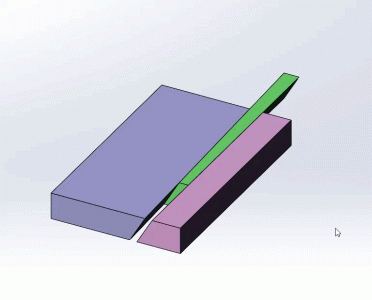Dabbler
ersatz engineer
Oh my. Theorizing may not be enough. On another member's table we had 'weird things' and it took 2 of us multiple trips and several hours to truly understand the thing.But that's exactly the problem: the table on Y is almost sticky yet it's loose side to side i.e. not rigid enough.
I'm sorry you are so far away - I'd love to get my hands on the machine and perhaps understand things better. -- There could be dozens of reasonable theories, any one might be true. I think/hope that getting the new gibb, fitting it properly for height, and installing/adjusting it properly will simply solve the problem...

